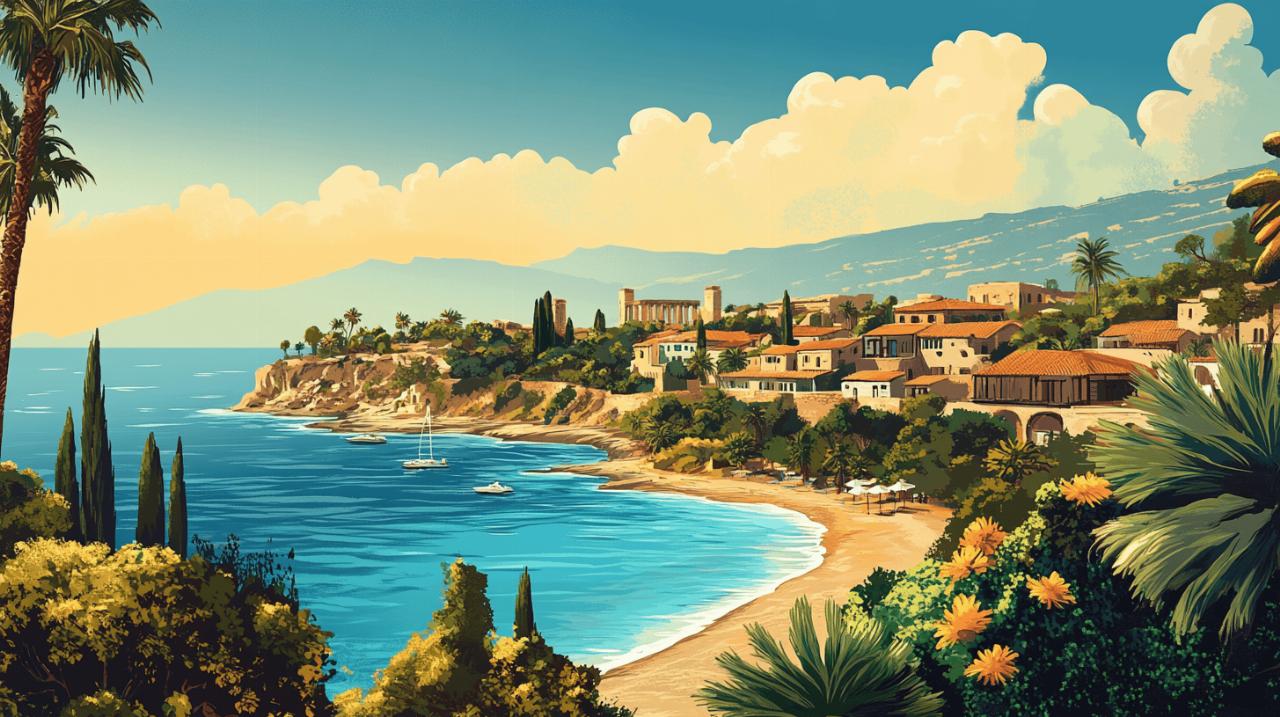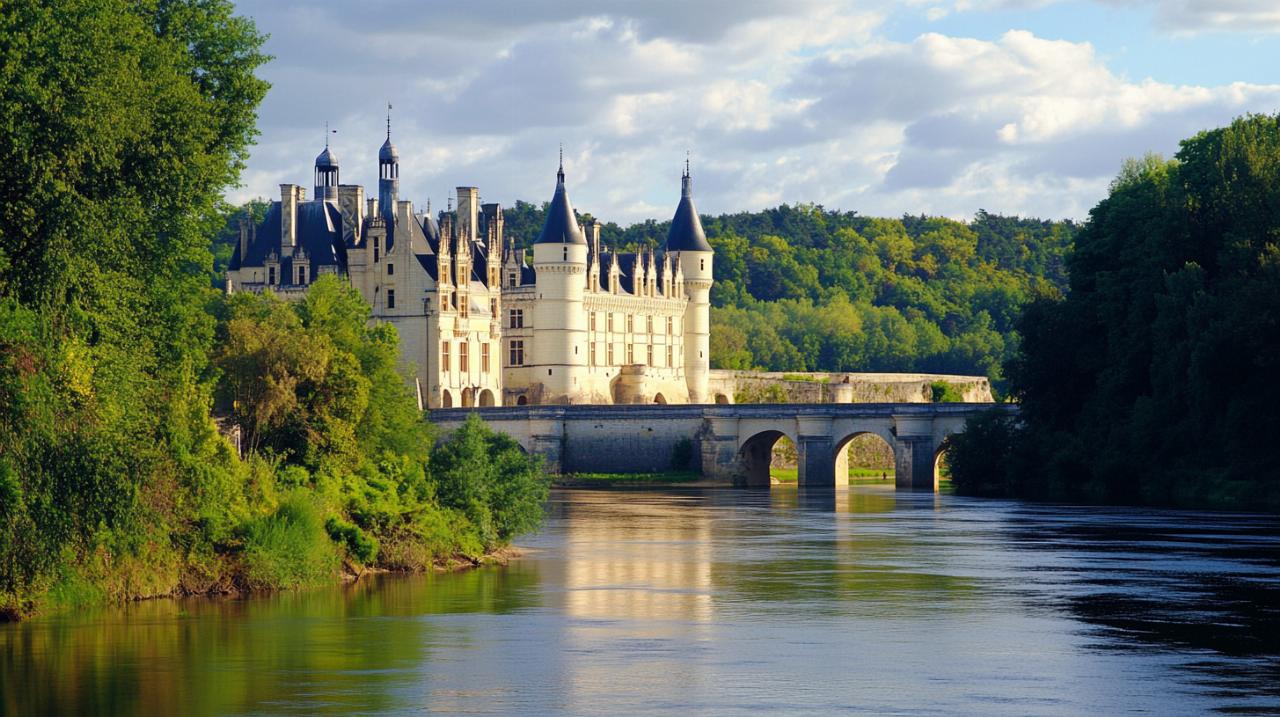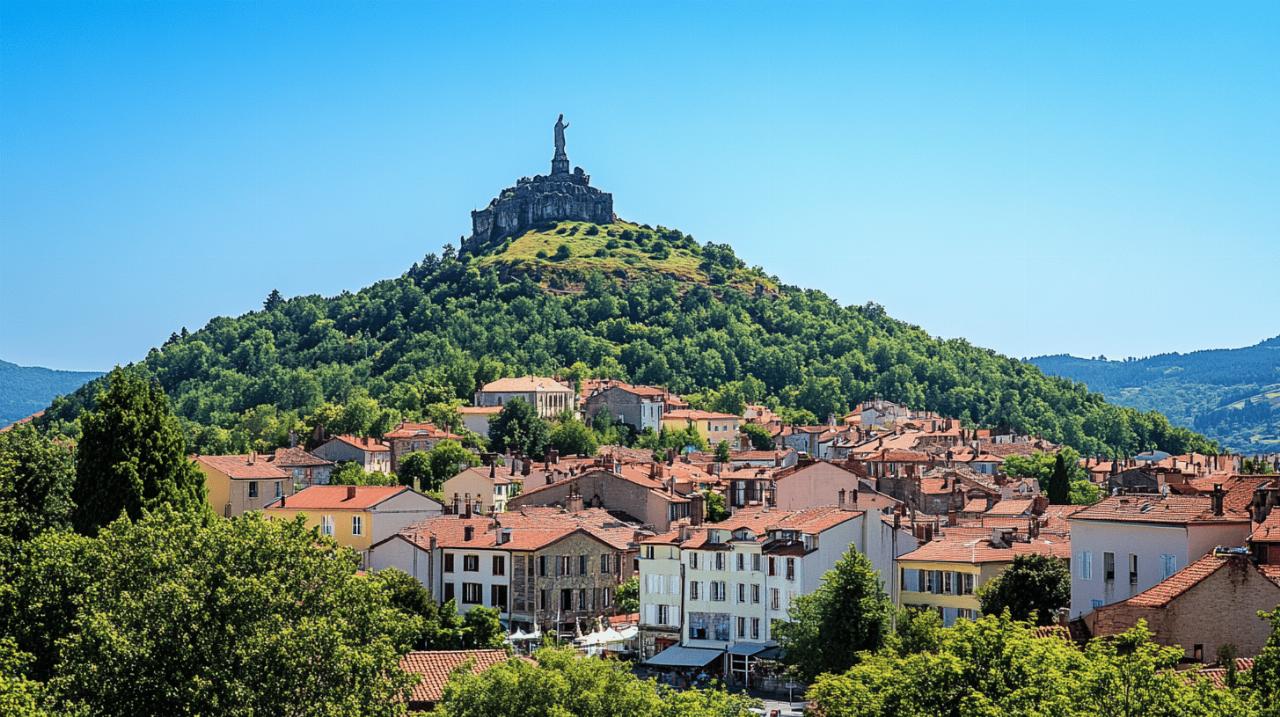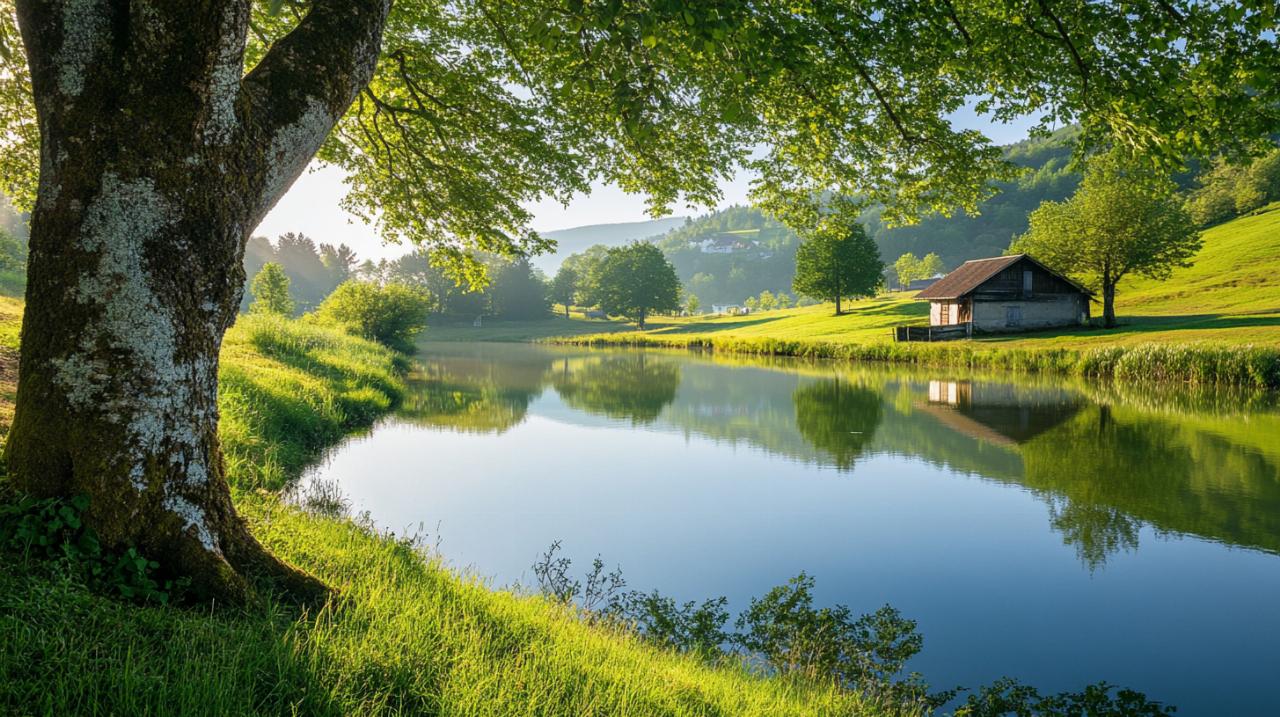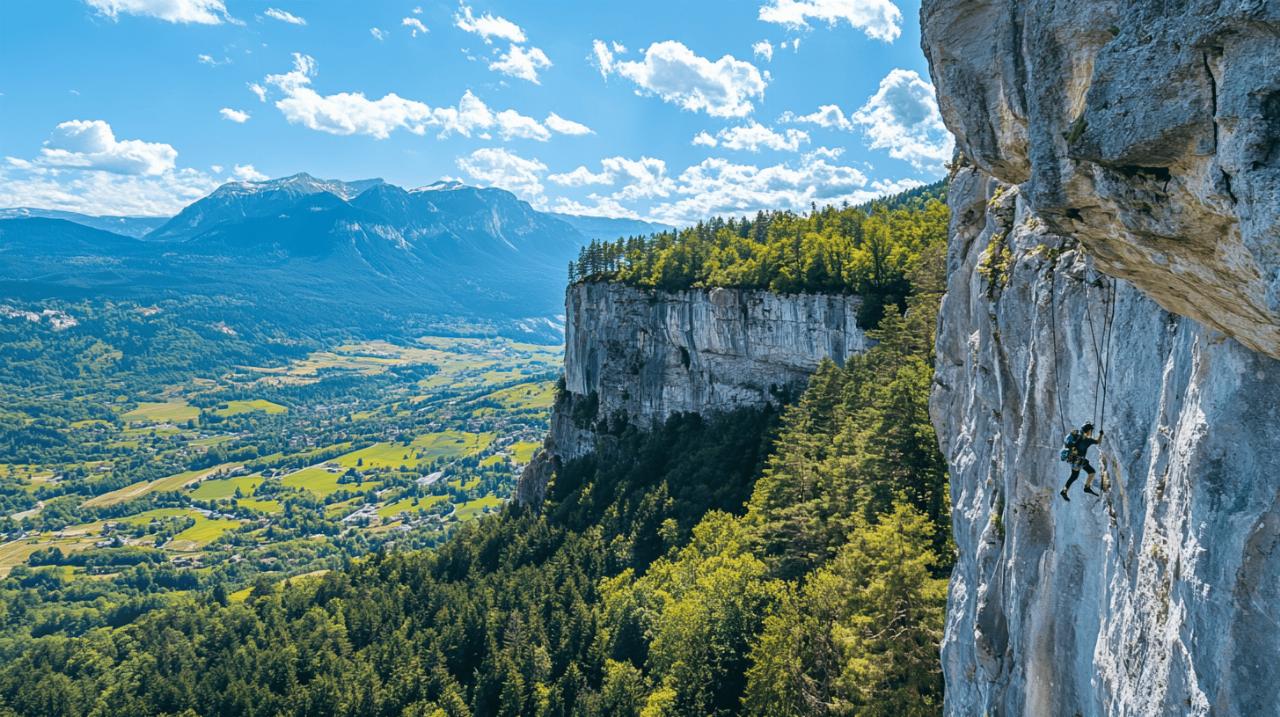Château de Chambord: The Crown Jewel of the Loire
When visiting the magnificent Loire Valley with its sprawling collection of 103 castles, Château de Chambord stands as an unmissable masterpiece of French Renaissance architecture. Conceptualized by King François I and later completed by King Louis XIV, this massive estate represents the pinnacle of royal ambition and artistic vision. Unlike typical castle visits, Chambord offers a genuine glimpse into the opulent lifestyle of French monarchy, making it worth every penny of its 16 Euro entrance fee (though visitors under 26 can explore it completely free of charge).
Exploring the magnificent double helix staircase
The architectural marvel that immediately captures attention upon entering Chambord is its ingenious double helix staircase. This remarkable structure, often attributed to Leonardo da Vinci's brilliant mind, features two intertwined spiral staircases that allow people to ascend and descend simultaneously without ever meeting. As you climb these winding stairs, you'll notice how the castle's intricate design creates an almost magical experience, where glimpses of other visitors appear and disappear through cleverly positioned openings. The staircase serves as both a functional element and an artistic statement that exemplifies the innovative thinking of Renaissance architects.
The vast grounds and wild game reserve
Beyond the impressive stone walls, Chambord boasts extensive grounds that rival the castle itself in grandeur. The estate encompasses vast forests and gardens designed to showcase the king's dominion over nature. What many visitors find surprising is that Chambord houses a wild game reserve where deer and boar roam freely across the property. Walking through these meticulously maintained gardens provides a peaceful contrast to the ornate interiors, allowing visitors to appreciate the harmony between architectural splendour and natural beauty that defines the Loire Valley experience.
Château de Chenonceau: The Elegant Lady Spanning the Cher
Often called the 'ladies' château,' Chenonceau gracefully stretches across the River Cher, creating one of the most photographed scenes in all of France. This architectural gem attracts nearly 800,000 visitors annually, making it the most visited castle in the country. The unique design featuring a gallery built directly over the water creates a breathtaking reflection that changes with the seasons and time of day. During World War I, this gallery served as a hospital ward, adding another layer to its rich historical significance.
A legacy of powerful women who shaped its history
What truly sets Chenonceau apart from other Loire Valley castles is its remarkable legacy of influential women who owned, expanded, and preserved it through the centuries. Diane de Poitiers, the favourite of King Henri II, received the château as a gift and commissioned the distinctive bridge spanning the river. After the king's death, his widow Catherine de Medici forcefully reclaimed the property and added the famous two-story gallery atop Diane's bridge. Later, during the French Revolution, Louise Dupin saved the castle from destruction through her quick thinking and social connections. Each room tells stories of feminine power, artistic patronage, and political intrigue that shaped French history.
The stunning gardens: diane's and catherine's distinct styles
The rivalry between Diane de Poitiers and Catherine de Medici extends beyond the château's walls into their distinctly styled gardens. Diane's garden showcases geometric patterns with elegant proportions, reflecting her refined aesthetic sensibilities. In contrast, Catherine's garden features more elaborate designs with intricate floral arrangements and fountains, symbolising her Italian heritage and royal status. Strolling through these beautifully maintained spaces offers visitors a tangible connection to the personal tastes of these formidable historical figures, while providing picturesque views of the castle from various vantage points.
Château d'Azay-le-Rideau and Amboise: Fairy Tale and Royal Legacy
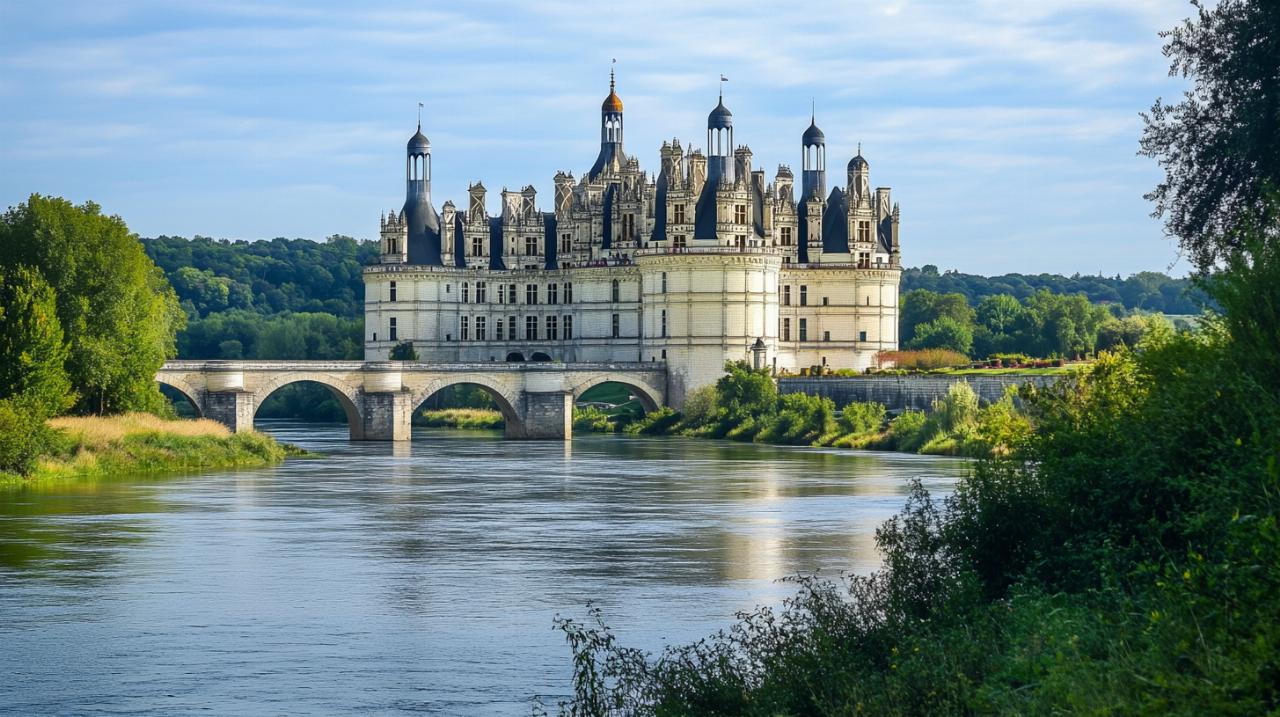 Moving beyond the grand scale of Chambord and the elegant stretch of Chenonceau, the Loire Valley offers more intimate yet equally captivating châteaux that showcase different aspects of French heritage. Azay-le-Rideau and Amboise represent complementary visions of aristocratic life, with one emphasising romantic aesthetics and the other deep royal connections. These smaller castles provide a more personal experience of the region's rich history and architectural diversity.
Moving beyond the grand scale of Chambord and the elegant stretch of Chenonceau, the Loire Valley offers more intimate yet equally captivating châteaux that showcase different aspects of French heritage. Azay-le-Rideau and Amboise represent complementary visions of aristocratic life, with one emphasising romantic aesthetics and the other deep royal connections. These smaller castles provide a more personal experience of the region's rich history and architectural diversity.
Azay-le-rideau's island setting and renaissance marvel
Perched on an island in the Indre River, Château d'Azay-le-Rideau creates an enchanting vision that seems lifted directly from a fairy tale. The castle's reflection on the surrounding water enhances its romantic appeal, especially during sunrise and sunset when the light transforms the white tuffeau stone façade into a golden canvas. The Renaissance architecture showcases perfect proportions with elegant turrets and detailed ornamentation that exemplify the French artistic sensibility. Inside, the spiral staircase serves as both a functional element and artistic centrepiece, illuminated by large windows that flood the interior with natural light, creating an atmosphere of refined elegance rather than imposing grandeur.
Amboise: Royal Nursery and Leonardo da Vinci's Final Resting Place
Commanding an impressive position overlooking the Loire River, Château d'Amboise played a pivotal role in French royal history. This castle served as a royal nursery where future monarchs spent their formative years, learning statecraft and cultural refinement within its protective walls. What makes Amboise particularly significant for art enthusiasts is its connection to Leonardo da Vinci, who spent his final years nearby at Clos Lucé under the patronage of the French king. The genius inventor and artist now rests eternally in the castle's Chapel of Saint-Hubert, drawing visitors who wish to pay homage to one of history's greatest minds. The castle grounds offer spectacular panoramic views of the surrounding landscape, helping visitors understand why this strategic location was so valued by French royalty.
Château de Cheverny: The Living Castle with Tintin Connection
Unlike many Loire Valley châteaux that function purely as museums, Cheverny offers visitors the unique experience of a castle that remains a family home. This living heritage creates an atmosphere of authentic nobility rather than preserved antiquity. Comic enthusiasts might recognise Cheverny instantly as the inspiration for Marlinspike Hall in Hergé's famous Tintin adventures, adding a delightful pop culture connection to this historical treasure. The symmetrical white façade presents a harmonious classical design that stands in contrast to the more flamboyant styles of other Loire castles.
The perfectly preserved interior and family heritage
Stepping inside Cheverny reveals sumptuously furnished rooms that have been maintained by the same family for over six centuries. The remarkable state of preservation allows visitors to experience the château as it would have looked during its heyday, with period furniture, tapestries, and artwork creating a coherent aesthetic vision. The Arms Room displays an impressive collection of weapons and hunting trophies, while the King's Chamber features a magnificent four-poster bed surrounded by Flemish tapestries. What makes this experience special is the sense that you're being welcomed into a home rather than touring a museum, with family photographs discreetly placed among priceless antiques.
Seasonal Splendours in the Remarkable Gardens
The gardens of Cheverny transform dramatically with the changing seasons, offering visitors different experiences throughout the year. Spring brings a spectacular tulip display with thousands of blooms creating carpets of vibrant colour against the château's white limestone. Summer sees the formal gardens at their lush best, with meticulously trimmed hedges and fragrant rose collections. Autumn transforms the parkland into a canvas of golden and russet tones, while winter reveals the elegant structural bones of the garden design. For families, the gardens offer delightful activities including a pack of hunting hounds that gather for their daily feeding, creating an authentic glimpse into the traditional country pursuits of the French aristocracy.

